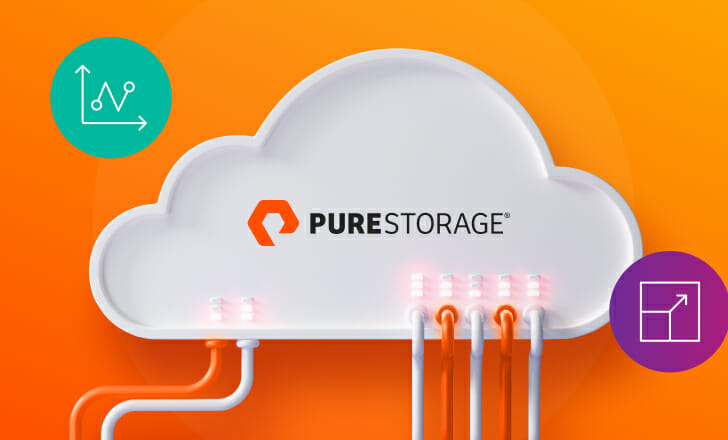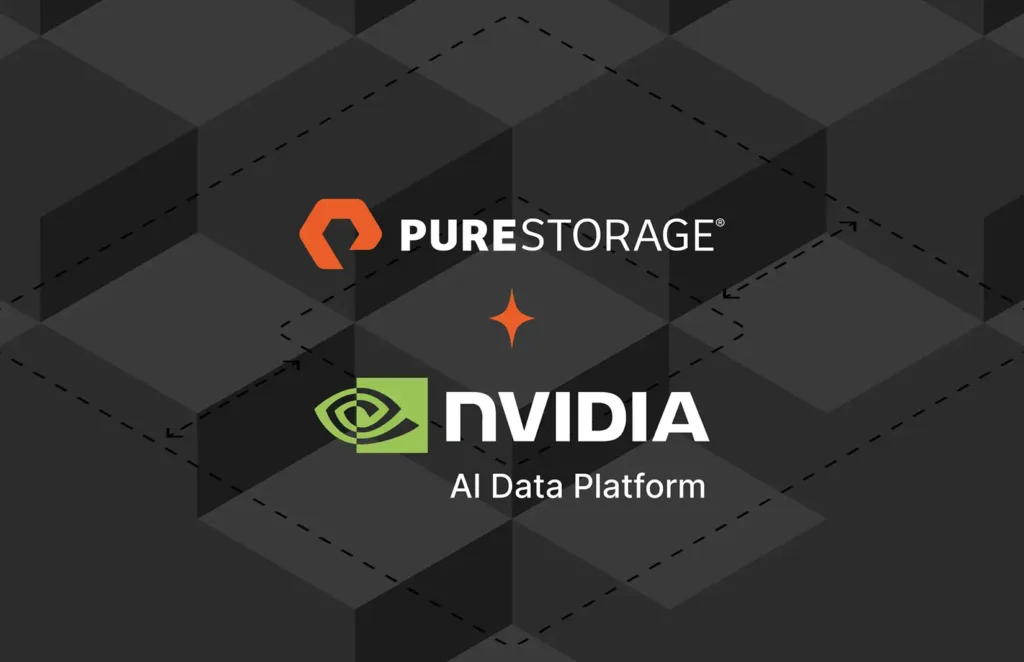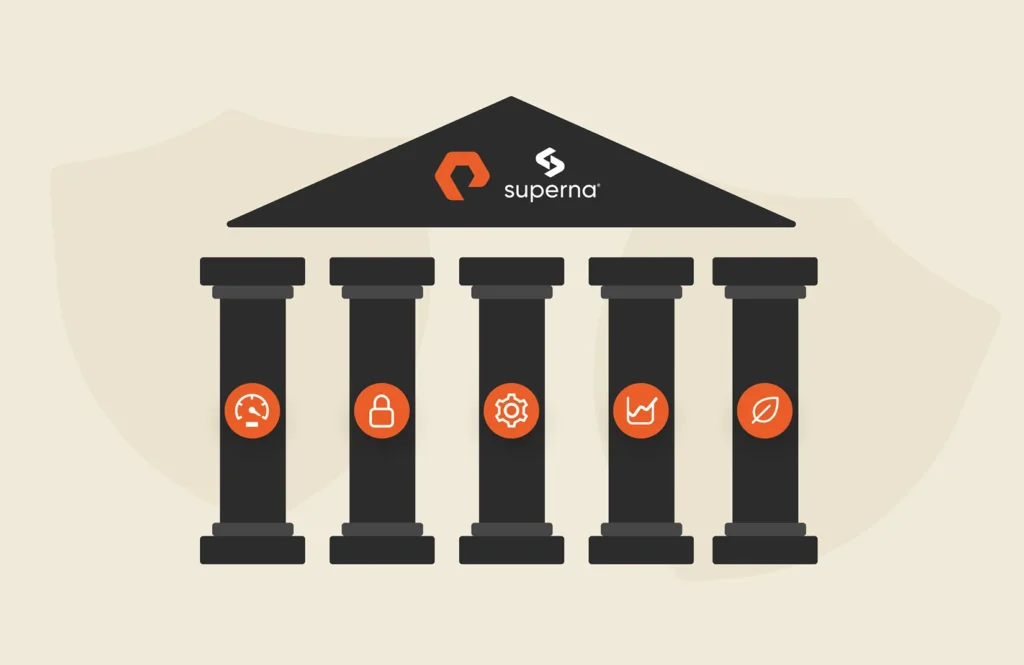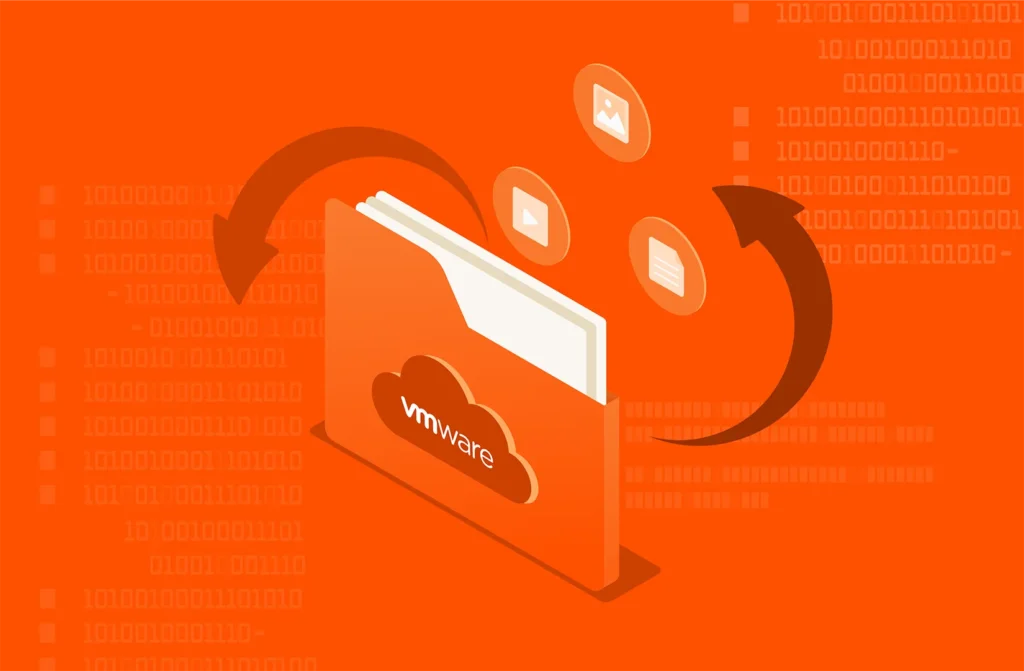This is part two of a two-part blog. See part one, The NFV Revolution Happening in Telecom.
While Virtualized Network Functions (VNFs) are transforming the telecom industry, as discussed in a previous blog post, the industry is taking another step forward with Cloud-native Network Functions (CNFs).
For VNFs, virtual machines are used. CNFs use containers instead.
For this reason, you sometimes see CNFs referred to as Containerized Network Functions. I prefer the second term because cloud-native isn’t really about where an application is deployed; it’s about how it’s deployed. Cloud-native apps can live on bare metal in a data center, in a public cloud, or anywhere else.
And just as VNFs provided many benefits to telecom carriers, CNFs incorporate all those benefits and bring even more to the table.
VMs Out, Containers In: The Revolution Continues
The rollout of 5G services presents carriers with both challenge and opportunity. A slew of new service offerings will be possible, opening up entirely new lines of business. The challenge, however, will be to meet this demand and be agile enough to spin up new services quickly to outpace the competition. Cloud-native is the way to go.
CNFs help address some of the challenges that still exist when using virtualization and VNFs. CNFs offer:
- Auto-scaling. One of the cool things about containers is that they can spawn more of themselves auto-magically. You can spin up a new container every time some process needs one, and you can spin it down when it’s done. No operator intervention is required; Kubernetes just handles it all via code. This is a huge win for massive telecom networks.
- Support for DevOps. DevOps has revolutionized programming, allowing for continuous integration/continuous delivery (CI/CD). What that means in reality is that carriers can deliver new functions, products, and product updates much, much faster. For instance, when T-Mobile shifted to containers with the help of Portworx® by Pure Storage®, they reduced app deployment times from six or seven months to less than a day. (Listen to their experience in this webinar.)
- Incredible fault tolerance and fast restart. CNFs are based on microservices, which can greatly reduce the operational and security risk of massive failures. Containers can restart almost instantly and upgrades can be performed without downtime, allowing for automated, fast rollbacks if needed. If a container fails, the system automatically spawns a new one.
- Monitoring and reporting. Because of their scope, telecom networks are highly dependent on good monitoring and reporting. Fortunately, there are many tools in the Kubernetes world for doing so, starting with Kubernetes itself. Other tools include Prometheus for monitoring and Grafana for reporting and alerts.
Benefits abound when moving to CNFs, but is your infrastructure team ready to handle the shift?
Making CNFs Easy for the IT Team
While application developers love Kubernetes and containers, they present a challenge for infrastructure teams that aren’t used to them. There is a wide scope of data management tasks needed: capacity management, data backup, disaster recovery, security, data migrations, and more. Legacy methods don’t work because such methods aren’t container-aware (for example, a legacy backup tool won’t be able to rebuild a container environment successfully). A container-native solution is needed to deliver these expected enterprise data services for container-based applications.
This is where Portworx comes into play. It handles all these services for the infrastructure team, and it works across both physical storage and public cloud. Portworx virtualizes the underlying infrastructure and provides consistent storage and data services such as HA, DR, backup, and data security. For telecoms that have an existing Pure infrastructure, Portworx is integrated with both Pure FlashArray™ and FlashBlade®, as well as Pure1® for cloud-based management, making it the simplest way to make your CNF transition successful.
Telecom provider KPN deployed Portworx to help with their containerization initiatives. Jeroen van Gemert, a DevOps engineer at KPN, summarized how Portworx helps:
If I had to sum up what sets Portworx apart, it’s that they give you the best of both worlds. On the one hand, the software simplifies and streamlines processes. When combined with an orchestration solution like Kubernetes, Portworx becomes a single platform and storage layer that can be operated the same way across multiple clusters and use cases. On the other, the platform leaves plenty of room for us to configure and optimize individual clusters to match the specific needs of our customers.
Telecom carriers interested in speeding their CNF deployments can download a free trial of Portworx. For an even faster experience, take a self-directed Portworx Test Drive.
Interested in how telecoms, hyperscalers, and service providers are planning to spend budgets in the future? Download the IDC Worldwide Service Provider Spending Forecast for free now.
Written By:
Your Crystal Ball
Get a glimpse into the future of growth opportunities in the telecom and service provider industries.







